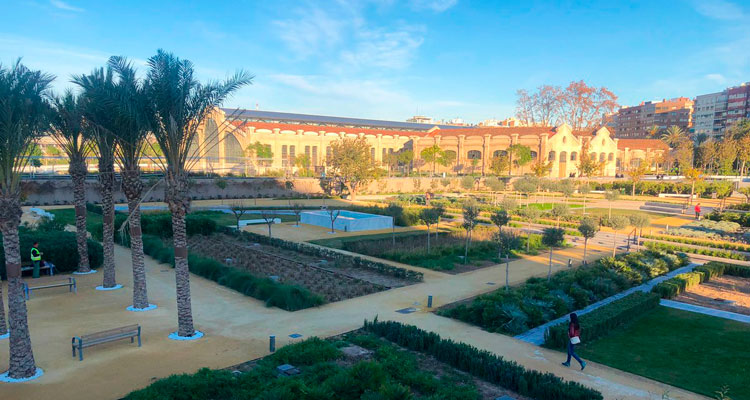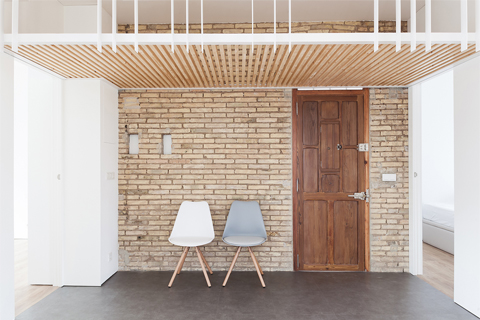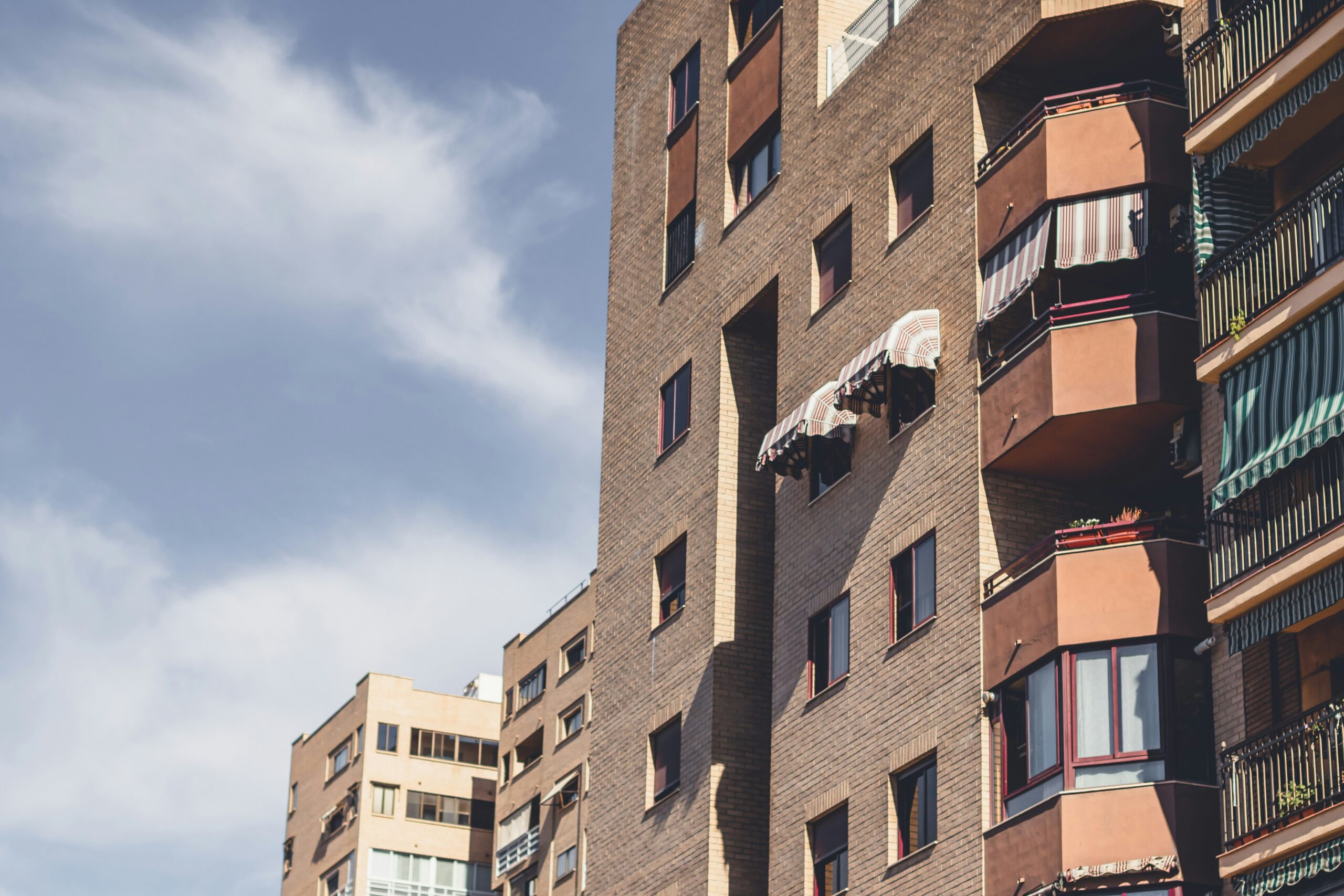Valencia, land of flowers, light and love
The Mediterranean jewel that conquers hearts and travellers.
Valencia is the land of flowers, light... and tourism. Don't miss the guide we have prepared for you at Monapart Valencia to find out what to visit, when to visit, and why it is already the third most visited city in Spain, behind Barcelona and Madrid.
Tourism seems to be confirmed as the main bastion in the future economic development of our country. This optimism is due to the expectations generated by its boom in the last two years, not only in traditional sun and beach tourism, but also in urban tourism, which has increased spectacularly. This increase is partly due to the loss of attractiveness of destinations such as Egypt and Tunisia, affected by jihadist terrorism, and partly to the increase in the supply of hotels, tourist flats, gastronomy - with more and more restaurants boasting one or more Michelin stars - leisure and luxury retail.
Valencia, a booming destination
Barcelona leads the ranking of holiday tourism, followed by Valencia and Madrid. Germans prefer Mallorca, the French and English prefer Barcelona, North Americans go to Madrid and Italians to Valencia. This preference for Valencia is due to several factors:
- Valencia's air links with Italy are growing.
- A similar climate with many hours of sunshine.
- The traditional recipes of Valencian gastronomy, with their own unique personality: paella, baked rice, horchata or Valencian water.
- A festive character increased during the Fallas period (the tourist period in the city of Valencia par excellence),
- Good infrastructure for onward travel to other capitals.

Valencia is the third most competitive destination in Spain, according to the Urbantur tourism competitiveness ranking. This is partly due to a conscious effort by local authorities to provide the city with an effective marketing strategy, substantially increasing technical work in digital marketing and the use of social networks as a vehicle for tourism promotion. All of this has borne fruit and has been substantiated in such revealing phenomena as the radical increase in recent years in the supply of tourist flats.
What to visit in Valencia
For those arriving in Valencia by train, it is possible that their destination was the North Station of Valencia, right next to the bullring and two blocks from the Plaza del Ayuntamiento, where the mascletás are held from March 1 to 19, the eve of Saint Joseph's Day. Other places to visit are the Plaza Redonda, the church of Santa Catalina, the Almudín, the palaces of the Marqués de Dos Aguas and Valeriola, the Serrano and Quart towers, the fine arts museums Centro del Carmen and IVAM, the Colón and Central markets, the Lonja de la Seda, the Almoina, the botanical garden of the University of Valencia...
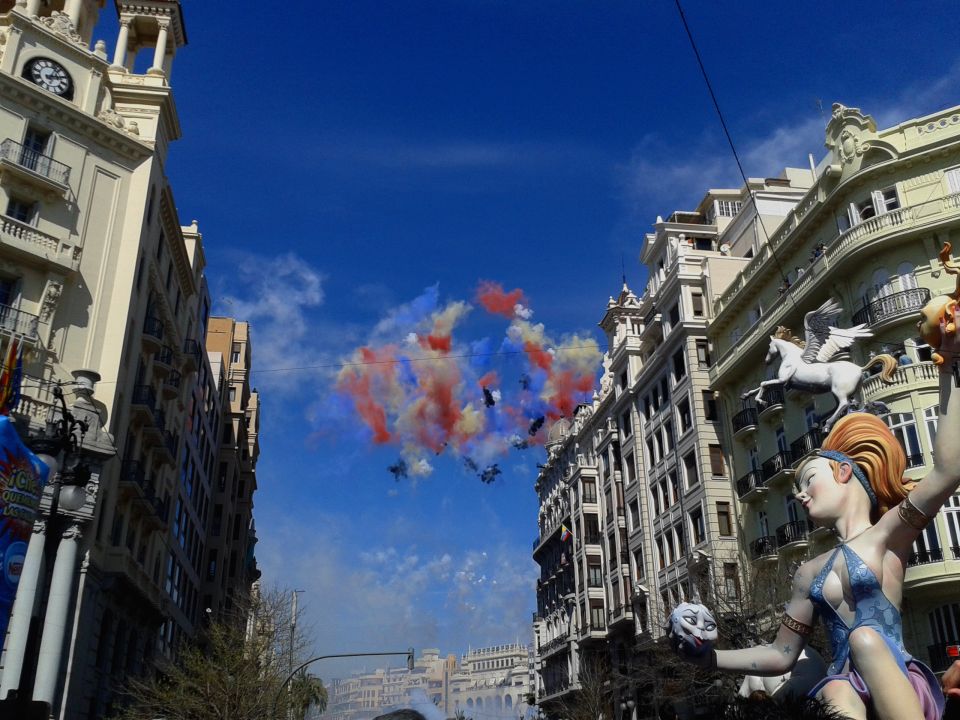
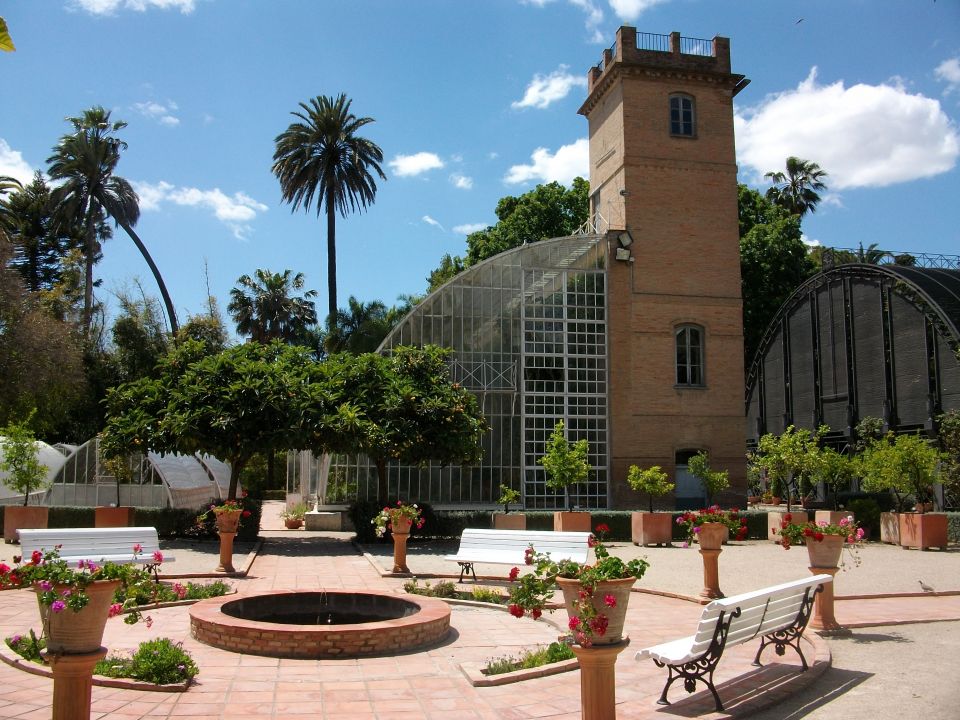
Sunday morning is the best time to visit the city's monuments, squares and emblematic buildings. Of the buildings that have to be paid for, several are free on this day. In the Plaza de la Virgen there are three of the most representative ones. The Cathedral of Valencia, which was begun in 1262 on the site of the old main mosque, but its construction took several centuries, so it mixes elements from the Romanesque, Gothic and Baroque periods. It houses the famous chalice that is venerated as the Holy Grail used by Jesus Christ at the Last Supper. Its Miguelete or bell tower, which is 63 metres high, has the great attraction of being able to climb to its terrace, situated at a height of 51 metres, by means of a spiral staircase with 207 steps. Next to the Cathedral is the Baroque Basilica of the Virgen de los Desamparados, patron saint of Valencia; and finally the Palau de la Generalitat, whose construction dates back to 1421 as the seat of the Generalitat Valenciana, the body responsible for representing the kingdom before the Cortes. It is a building in the Valencian Gothic style with Renaissance interventions.
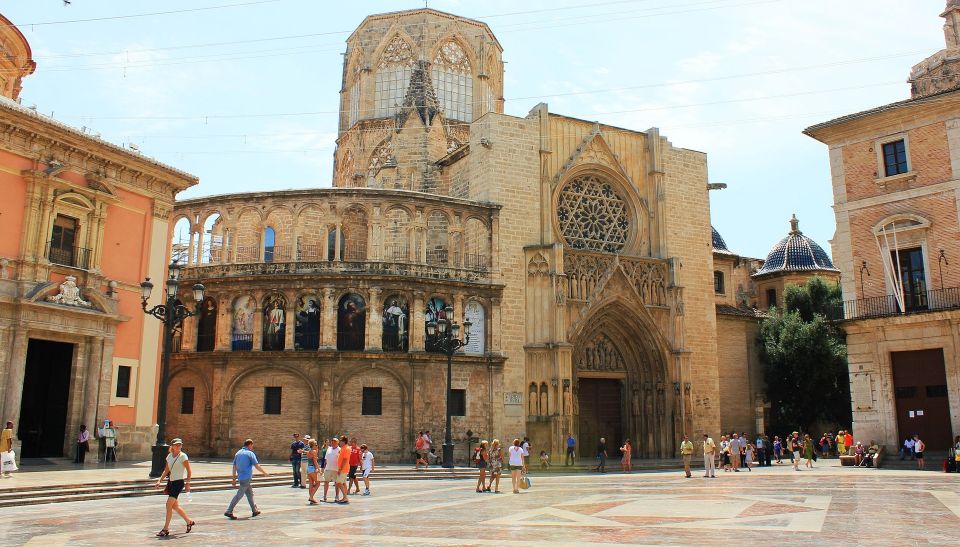
A magnificent place for a stroll is the old Turia riverbed, converted in 1986 into a park, which, with a length of approximately 7 kilometres, is the largest purely urban garden in Spain. The garden crosses the city from practically the harbour - more specifically from the City of Arts and Sciences-to the new Bioparc, which replaces the old Valencia Zoo. It can be covered in its entirety by bicycle if you wish. Precisely within the complex of the City of Arts and Sciences, designed by Calatrava, you can find The OceanogràficEurope's largest oceanographic aquarium with 110,000 square metres and 42 million litres of water. The spectacular nature of the architectural ensemble leaves no doubt about its author, who leaves his characteristic mark with his use of ceramics and complex metal structures.

Finally, and to take a break from the demands of urban tourism, the beaches of Cabanyal and Malvarrosa in Valencia are the most accessible in Spain for people with functional diversity, something to be taken into account when determining the tourist quality of a place and which should be a benchmark for other tourist destinations.
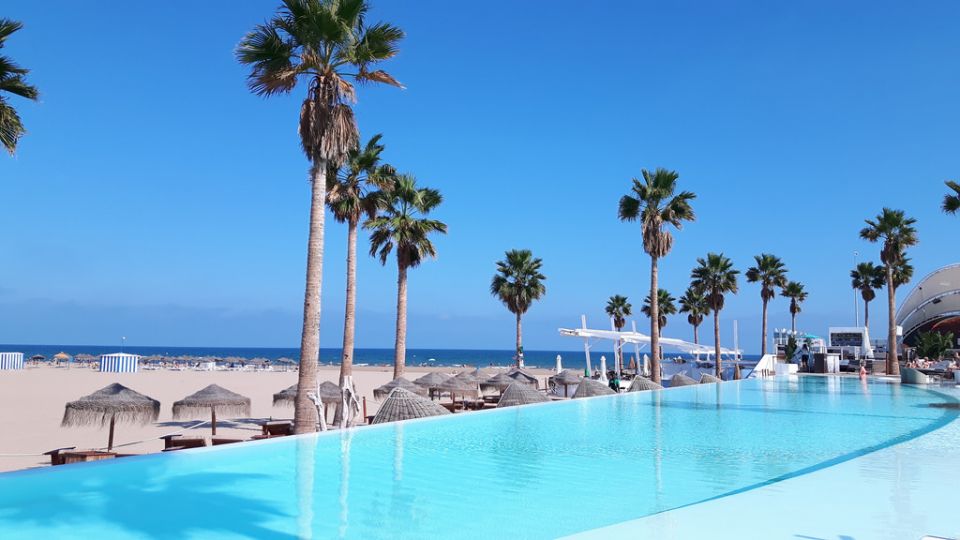
The city has a multitude of bicycle lanes and a public bicycle rental service at a reduced price and with 276 stations throughout the city. It is committed to a model that balances interests, sustainable profitability, takes into account accessibility, generates quality employment, supports the growth of businesses, harmonious coexistence between Valencians and tourists, promotes sport and an alternative means of non-polluting transport such as cycling or pedestrian areas for walking, taking advantage of the fact that it is practically flat throughout its length.
When to visit Valencia
The biggest festival in Valencia, as we all know, is the Fallas. Although the mascletás are celebrated from the beginning of the month, they reach their peak between the 15th and 19th of March. During these dates the city of Valencia triples its population. But it's not all about the fallas, in fact, the best time in Valencia to enjoy the city is just after, in spring. When the city is full of light and colour, strolling through the beautiful historic buildings of the old town in a relaxed and leisurely manner is a real pleasure, away from office hours, taking advantage of the fact that the city is completely flat throughout most of its length, to such an extent that in many places when cars are double parked, they are left in neutral.
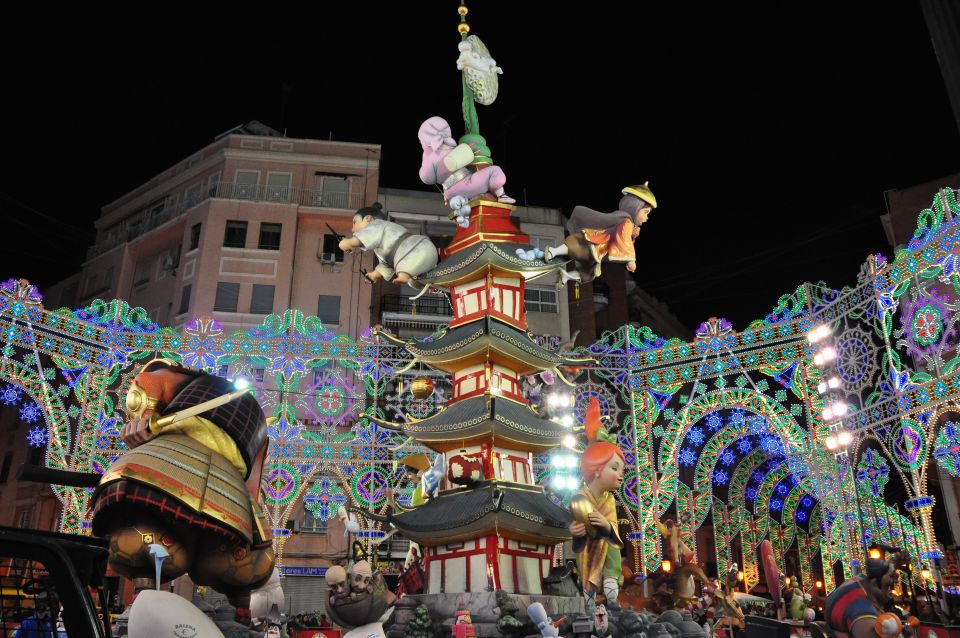
(An article in Carlos Bonet for Monapart).



